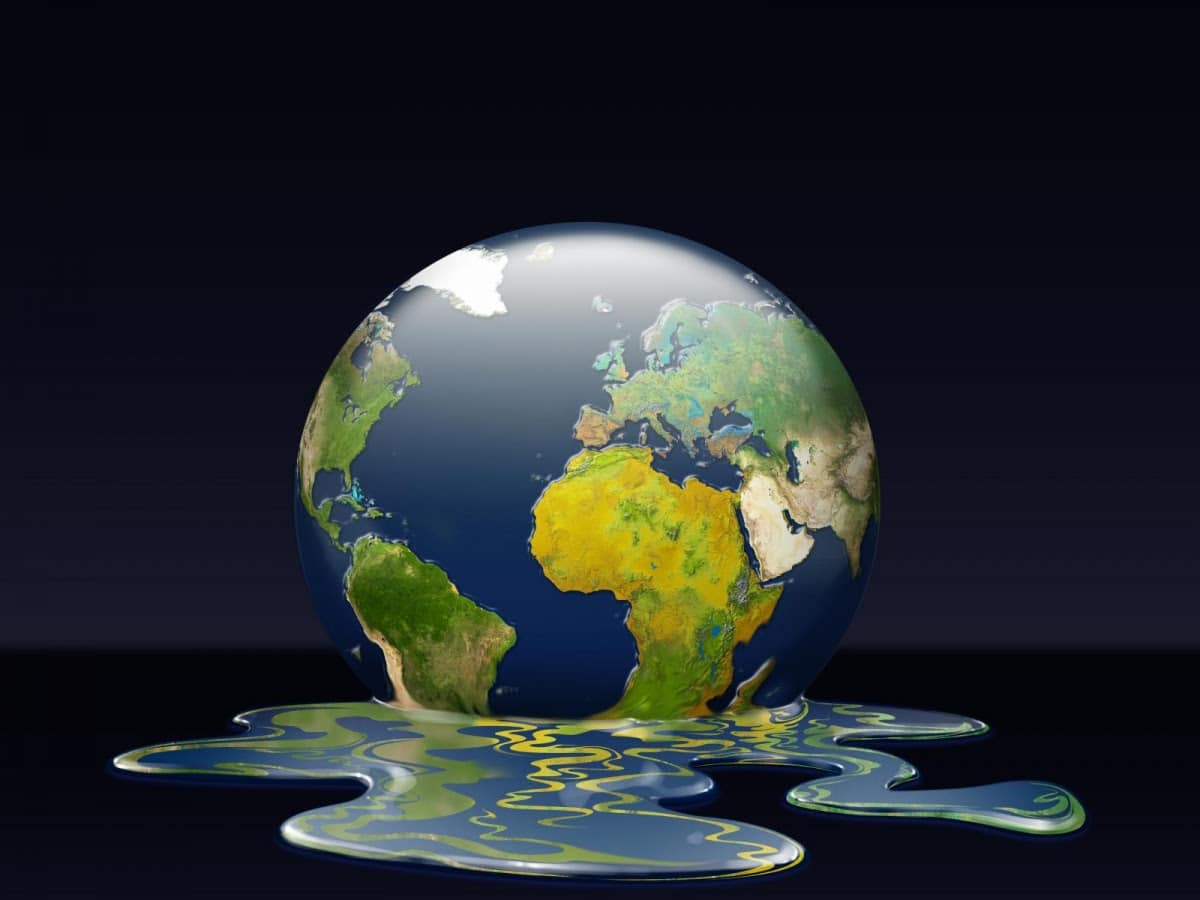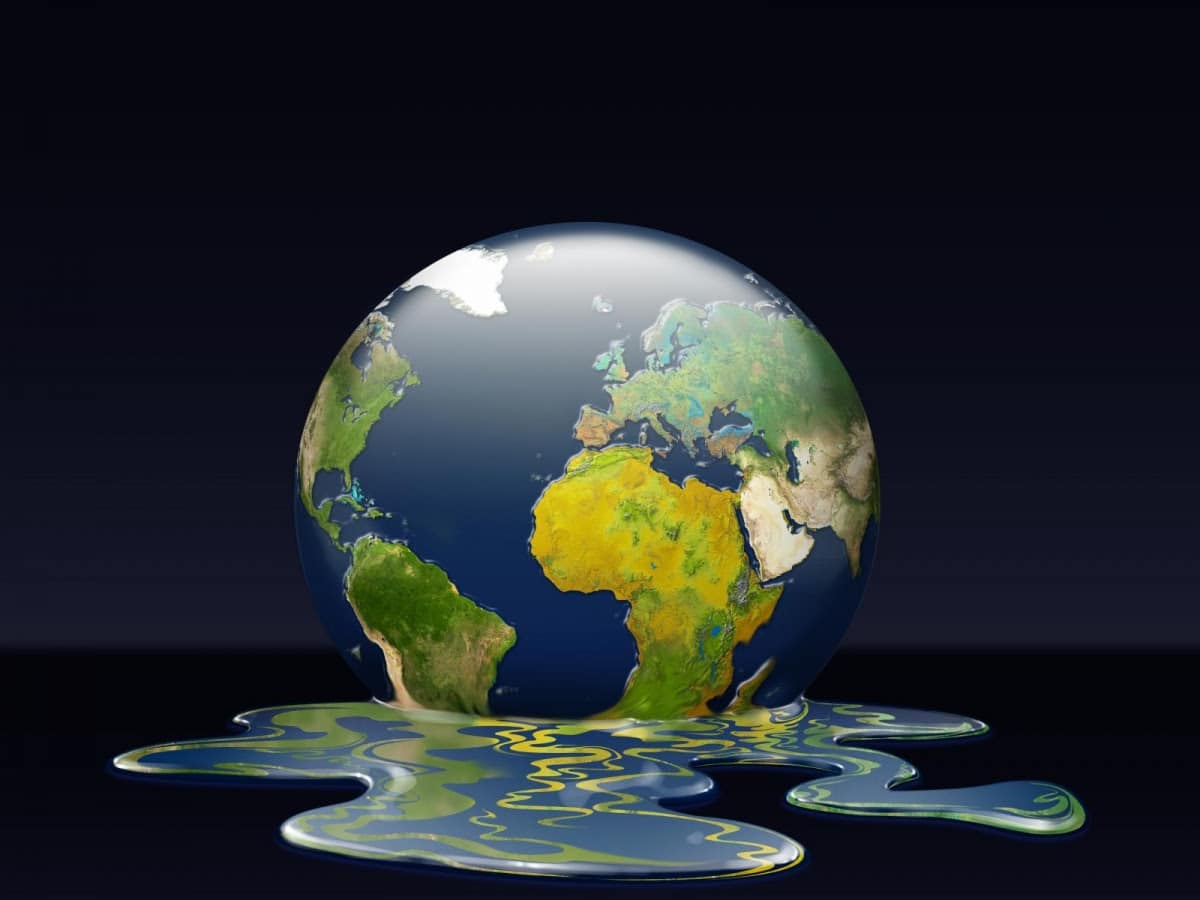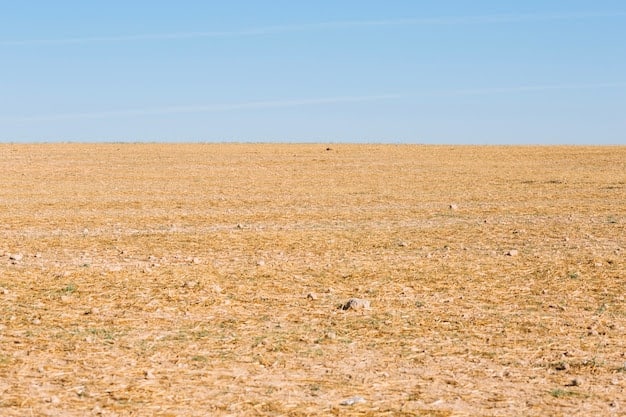
The UNESCO State of the Ocean 2024 report, a work by more than 100 scientists from 28 countries, makes an unmistakable finding: the threats to oceans are greater than ever.
The most clearly observable phenomenon, sea water warming has doubled in 20 years, according to the report, reaching +1.45°C since the industrial era, even though the Paris Agreement had set the overall limit target at 2°C. In some areas (Mediterranean, tropical Atlantic, southern ocean), the 2°C mark has already been crossed. The result is that over the last 30 years, sea level rise has doubled to 9 cm.

This warming of the water, coupled with the presence of industrial pollutants (nitrogen) and runoff from agricultural waters rich in nitrates, causes a 2% drop in oxygen levels in the water since 1960.
In coastal areas, 500 dead zones where oxygen levels are too low to make the environment viable were counted.
At the same time, the overabundance of CO2 is leading to an increasingly serious acidification of the oceans. Since the pre-industrial era, acidity has increased by 30%, and an increase of 170% is expected in 2100. While the increase is constant in the high seas, coastal waters are subject to large random variations, leading to the mass extinction of young animal and plant generations.
Proclaimed «decade for ocean sciences for sustainable development» by the UN (United Nations), the 2021-2030 decade is decisive in protecting biodiversity and marine water quality. For this reason, UNESCO has initiated more than 500 projects and invested over $1 billion in ocean knowledge and protection. Innovative solutions, seabed mapping, data sharing, natural disaster prevention…
Marine protected areas (MPAs) are also growing, home to 72% of the 1,500 threatened species listed by the International Union for Conservation of Nature (IUCN). There are also 230 marine biosphere reserves and more than 50 marine sites inscribed on the UNESCO World Heritage List. For example, marine forests (mangroves, seagrasses, tidal marshes), which can absorb up to five times more carbon than land-based forests, provide a valuable aid in combating sea warming.




